The morning of Saturday, March 4 started quietly for historian Brian Edwards. He was browsing the internet on his computer at home, reviewing auction listings in search of interesting Victorian-era photographs of Stonehenge.
Edwards, a passionate historian who is a Visiting Research Fellow at the Regional History Centre at UWE Bristol, specialises in the history of Wiltshire and notable local landmarks such as Stonehenge and chalk figures.
“I was doing what I do every day which is spending something like half an hour to an hour looking through new material online which has a Wiltshire connection,” Edwards says in a phone call with LedZepNews.
There is a thriving trade in vintage photography and each week sees more auction listings. That morning, Edwards found an auction listing for an album dated 1892 which contained photographs of Stonehenge as well as “some people”, according to its description on the auction website.
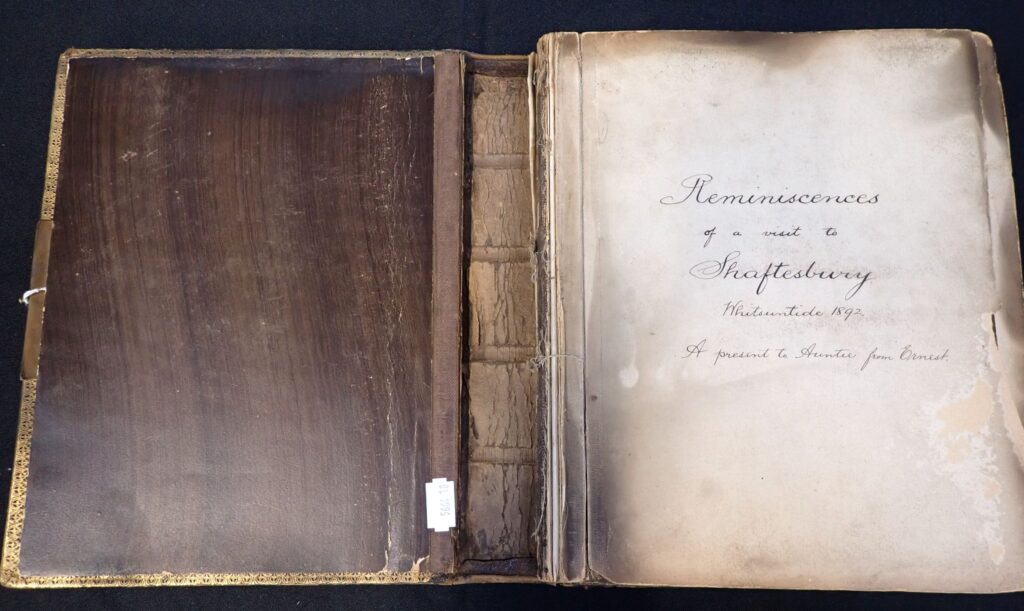
The listing from Duke’s auction house in Dorchester advertised a large album with an elaborate, hand-written title reading “Reminiscences of a visit to Shaftesbury, Whitsuntide 1892.” The auction house estimated the album would sell for between £40 and £80.
Edwards clicked through to the second image on the page that showed the inside of the album. Despite some of the photographs in the album being shown sideways, Edwards immediately recognised one of the images.
“I flipped it upright and lo and behold my jaw hit the floor,” Edwards recalls. “There was something immediately recognisable about it.”
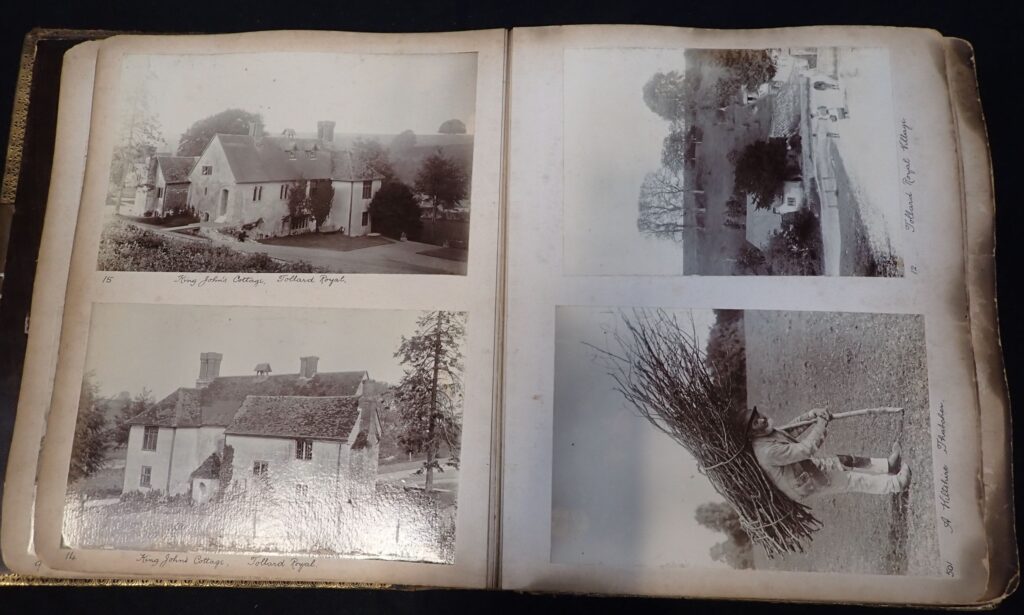
Sat at home on a Saturday morning browsing online auction listings, Edwards had stumbled upon a remarkable find.
The image of a bearded elderly man wearing a dark hat with a bundle of sticks on his back included in the album was the original source for the central image on the cover of Led Zeppelin’s fourth album, one of the most acclaimed albums in music history.
The original source of the thatcher shown on the album’s cover is long lost. It was believed to have been a painting discovered by Robert Plant in an antique shop close to Jimmy Page’s Pangbourne home.
Now, Edwards was staring at a photograph, not a painting, which gave new definition to one of music’s most iconic images. It’s now clear that the album cover depicts a colourised version of the photograph that Edwards had found, not a painting after all.
Edwards says he immediately spoke to his wife for a “sanity check”, telling her “You wouldn’t believe this,” before explaining that he may have just discovered a piece of music history. “She’s a big music fan and she got it straight away,” Edwards says.
With the auction for the album and its historic contents coming up on March 7, Edwards contacted the director and the curator at Wiltshire Museum to alert them to his find. The curator’s husband, also a fan of Led Zeppelin, confirmed that the photograph was the same image on the cover of the band’s fourth album.
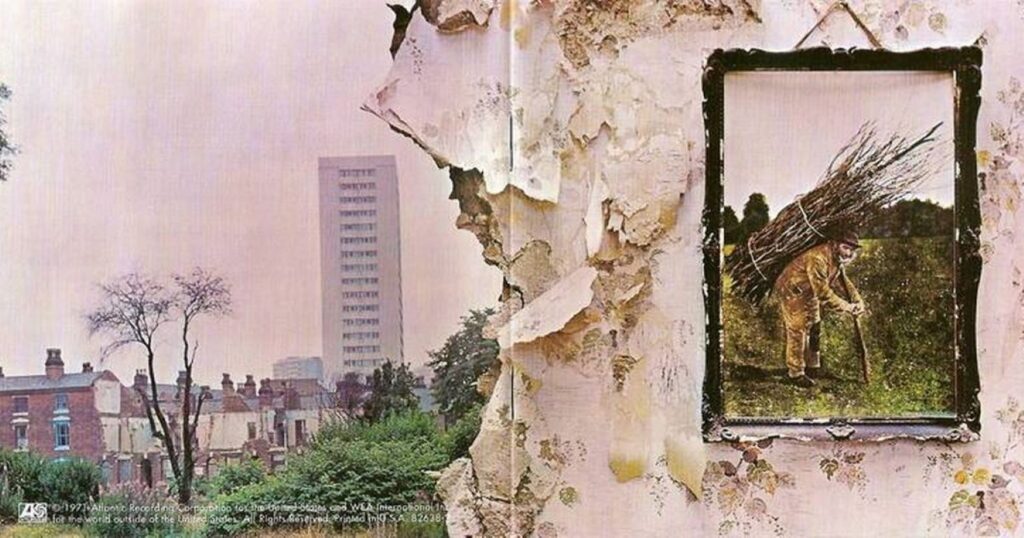
“Anybody that sees this photograph, you would think the penny would drop straight away,” Edwards says. “However, no-one else spotted it online, did they? Plenty of people visited that auction and didn’t see it for what it was.”
A friend of Wiltshire Museum bid at auction and purchased the album on March 7 for £420 on behalf of the museum, the auction website shows. Considering the original artwork for Led Zeppelin’s debut album sold for $325,000 in 2020, a few hundred pounds was a remarkably small amount to pay for the photograph.
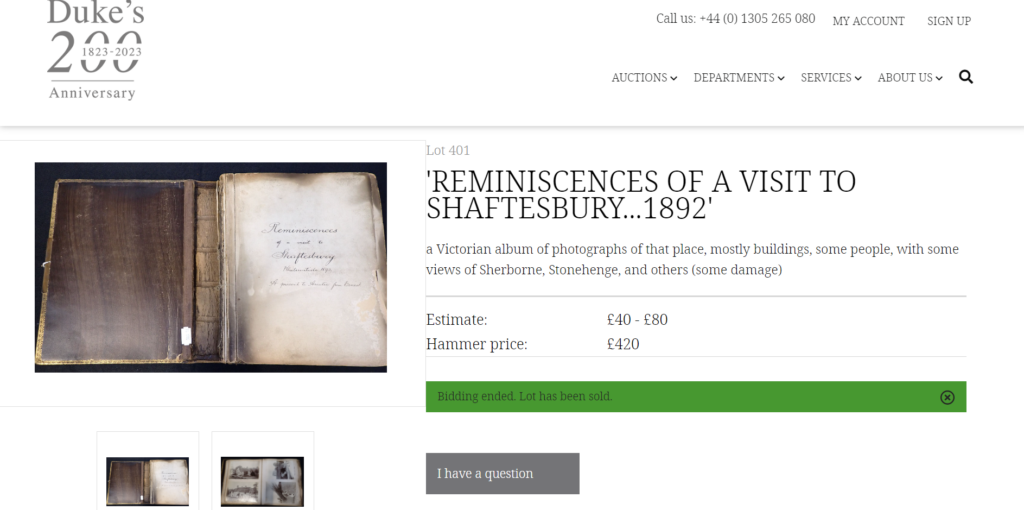
Discovering the photographer’s identity
Edwards and the museum had secured the album, but Edwards now began researching it. Who was the photographer who had unwittingly captured a world-famous image? And who was the elderly man shown in the photograph?
The historian managed to fit the research into his lunchtimes and other breaks from his day job. “This isn’t my main line of work. I’m not a Led Zeppelin researcher,” Edwards explains.
Nonetheless, he assessed the clues that could be found in the album. “We were left with a photographic album of very, very good high quality photographs,” Edwards says. “Very, very good architectural scenes and views and some studies of working people in the rustic environment.”
Edwards searched for a skilled Victorian photographer who he knew was named Ernest from the handwritten dedication on the title page for the album that reads “A present to Auntie from Ernest”. Having spent decades reviewing vintage photographs, Edwards also knew that Victorian photographers often had a background in chemistry.
“The next step was to look at photographers with the name Ernest,” Edwards explains, “there were over 300 Victorian photographers named Ernest.”
Thankfully for Edwards, he didn’t have to work through all 300 Ernests. “I happened to remember that there was a chemist in Salisbury mid-century with somebody who worked there who then started a photography business,” he says. “I followed him up and it just so happens that his middle son was called Ernest.”
Edwards compared Victorian documents including a marriage certificate to the handwritten annotations in the album and concluded that he had found the photographer: Ernest Howard Farmer.
Farmer, born in Brighton in 1856, was the middle child of three but the only child from the family who survived into adulthood.
In 1882, Farmer ran a photography business and was asked to run evening classes for the Polytechnic Young Men’s Christian Institute on Regent Street in London, now part of the University of Westminster.
In 1914, Farmer travelled on the ship the Lusitania from Liverpool to New York, where he was described in travel documents as five foot six inches tall with brown hair and grey eyes. Farmer died in 1944.
Finding the thatcher
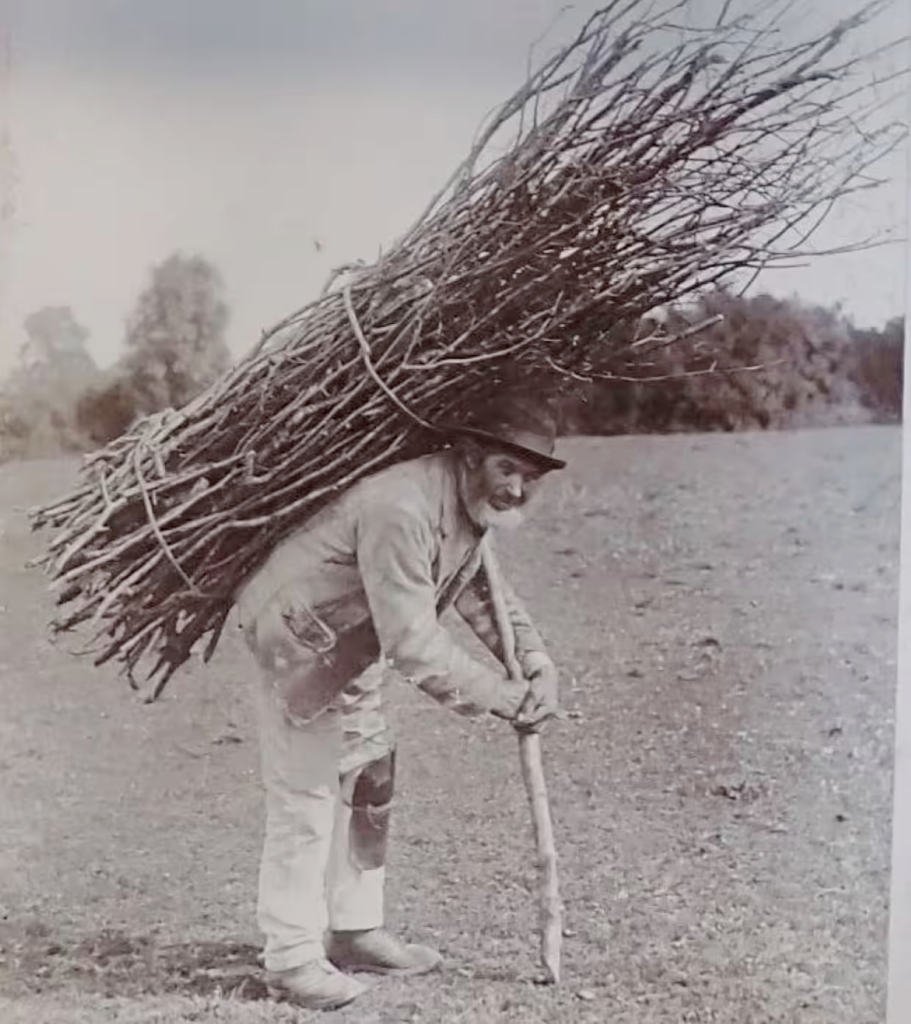
Finding the identity of the elderly thatcher seen in the photograph was easier. Referring to directories and census records from the period, Edwards found that there were less than 40 thatchers working in Wiltshire at the time the album was produced in 1892.
“I whittled it down to the area of interest, whittled that down to the age range and we were left with one and his name is Lot Long,” Edwards says.
Long, sometimes known as Longyear, was born in Mere in 1823, Edwards explains, and was one of 10 children. His father, David Longyear, was also a thatcher.
Long lived in a cottage on Shaftesbury Road next door to his brother David, the location listed on the title of the photo album.
Long married Charlotte Mills on Christmas Day in 1844, according to Edwards’ research notes shared with LedZepNews. They had three children: Albert, Shadrach and Frank. Mills died in 1871, with Long dying in 1893, the year after the album was made.
Original photo to go on display
Edwards’ discovery will go on show to the public from April 6 to September 15 at the Wiltshire Museum as part of a new exhibition titled “The Wiltshire Thatcher – a Photographic Journey through Victorian Wessex”.
For Edwards, who stumbled upon the discovery while browsing the internet at home, the find is proof that historical research is available to anyone. “I’m quite keen to encourage anyone who is interested in history to get stuck in,” he says. “Anybody can do it from their living room.”
He’s also hopeful that his discovery will please the band. “Led Zeppelin has given me a tremendous amount of pleasure since my teenage years and I hope that the surviving members of the band are delighted with this find,” he says. “I hope they find it interesting and exciting.”
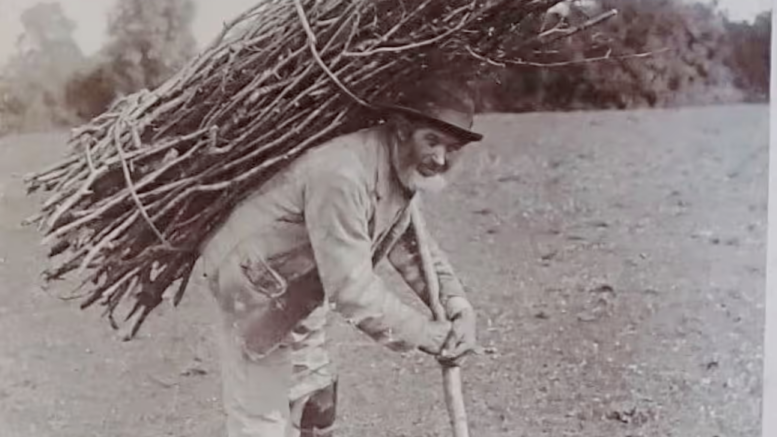
The ferst time I heard Led Zeppelin I was 17 years old, kam still enjoying them every day, a little bit loud. ❗❗❗❗❗❗❗❗❗
Absolutely an amazing find!! -Would love to know more on the historic album cover-as who was all behind the design of the cover?-who came up with the concept ?-So blown away just hearing thar Robert found the painting in an antique shop -what drew him to it? and why did he choose to buy it?-just for the album cover??-so many more questions arise that diehard Zep fans would love to know the answers to .The journey continues!-God Bless Ernest Farmer and may he RIP
Immense. It was similar to the find “Giants Causeway” which features on Houses of The Holy, though that’s common knowledge.
What a FANTASTIC story !!
Another Led Zeppelin rip off they couldn’t find anything original oh well good find in locating the back round
Oh right because they designed their own albums ala Hipgnosis
Great article and research!
I really love this story! It’s so interesting to consider an occupation as a ‘thatcher’, and it fits nicely into their song mythology. Imagine this little gnome of a gent winding up on (one of)the greatest rock albums of all time.